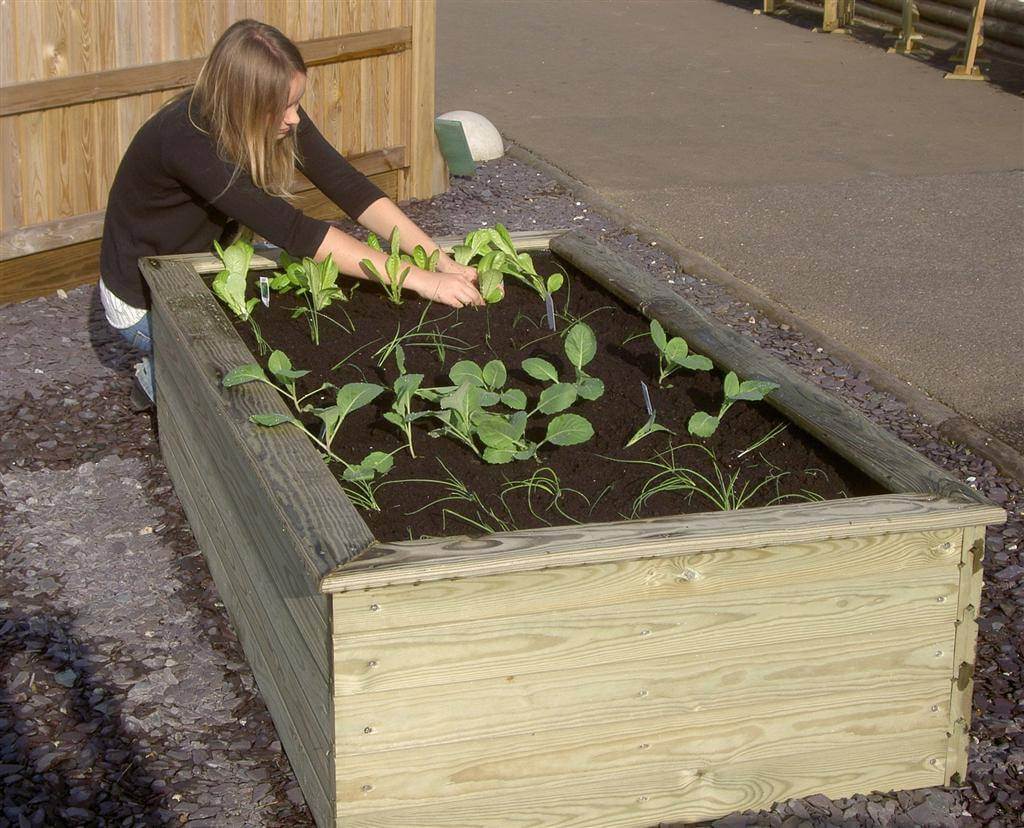06/08/2025 12:00 AM
How to Use Fencing in Your Allotment
An allotment is a space for growing, creating, and relaxing, a personal plot where your time and energy turn into harvests. But it’s also a space worth protecting and organising. That’s where fencing comes in. Thoughtfully chosen and well-placed fence panels can do more than just mark boundaries; it can support your crops, structure your layout, and add character to your patch. Here are some ways to use wooden fencing in your allotment to make the most of your growing space.
Frame Your Plot with Picket Fencing
A classic picket fence isn’t just decorative, it’s practical too. Framing your allotment with a low wooden picket fence can clearly define your boundaries and stop people (or pets) from wandering across your plot. It’s also a polite way to signal that your patch is cared for, deterring unwanted foot traffic without needing to put up a “keep out” sign. Choose pressure-treated timber to ensure your fencing lasts through the seasons, without warping or rotting.

Support Your Plants with Trellis Panels
Trellis panels are perfect for making use of vertical space; ideal in an allotment where every metre counts. They provide sturdy support for climbing plants like beans, peas, cucumbers, or even flowering varieties like sweet peas. By training your crops upwards, you can free up more ground space and create natural divisions between planting areas. Trellis can also act as a windbreak or create privacy if your plot is overlooked.

Vertical growing is a brilliant way to maximise space in an allotment, especially if you're working with a compact plot. By training plants to grow upwards rather than outwards, you can free up valuable ground space for other crops. You can also use vertical planters or hanging containers to grow herbs, strawberries, or salad leaves. Not only does vertical growing increase your yield per square metre, but it also improves airflow around plants, reduces the risk of soil-borne diseases, and makes harvesting much easier. With the right structures in place, vertical gardening is a smart, space-saving strategy for any productive allotment.

Use Raised Beds to Organise and Simplify
Raised beds offer a practical solution for many gardeners. They make weeding and watering easier, improve drainage, and can help deter pests. Well-built, solid wooden raised beds also help define different planting zones, especially when paired with paths or gravel in between. Over time, this kind of structure makes your allotment more manageable and enjoyable to work in.

Ensure you choose good quality, pressure treated timber which is designed and treated for in ground contact. Learn how to build raised beds using wooden landscape timbers.
Add Vertical Dividers for Zoning
If you want to create different ‘zones’ within your allotment, perhaps a potting corner, a composting area, or a quiet spot for sitting, wooden fence panels or screens can help divide the space in a natural way. Open-style panels like slatted Venetian Fence Panels or framed trellis panels allow light and airflow through, while still offering enough definition to keep things tidy and purposeful.

Utilise a Bin Store
While bin stores are traditionally used to keep household bins out of sight, they can be cleverly repurposed for allotment use. Their sturdy, enclosed design makes them ideal for secure storage, especially on plots where a full shed might not be practical or permitted. A wooden bin store can be used to house tools, watering cans, compost bags, seed trays, or even small sacks of soil and mulch, keeping everything tidy, dry, and protected from the elements. If you choose a bin store with a lifting lid and front-opening doors, you’ll have easy access to whatever’s inside without taking up too much space. Some gardeners even customise their bin store by adding internal shelves or hooks to make better use of the height. It’s a discreet and affordable way to add functional storage to your allotment, and when made from quality timber, it blends beautifully into a natural growing

Invest in Quality to Protect Your Work
When it comes to allotment fencing, it’s worth investing in high-quality, durable materials. Cheap fencing might seem like a saving at first, but frequent replacements can be disruptive to your plot, especially if you need to dig out posts or work around crops. Poor quality timber can also leach chemicals or decay quickly, creating a mess just when your plants need stability. Using quality, pressure-treated wooden fencing ensures longevity and peace of mind, letting you focus on growing rather than replacing.
Fencing in your allotment isn’t just about keeping things out, it’s about bringing structure, style and support to your growing space. From charming picket fences to hardworking trellis and practical raised beds, timber fencing is a natural choice that blends beautifully into any planting scheme. And by choosing materials that are built to last, you protect not only your harvest, but the time and effort you put into every season.
If you are looking to secure community allotments, view our security fencing website.